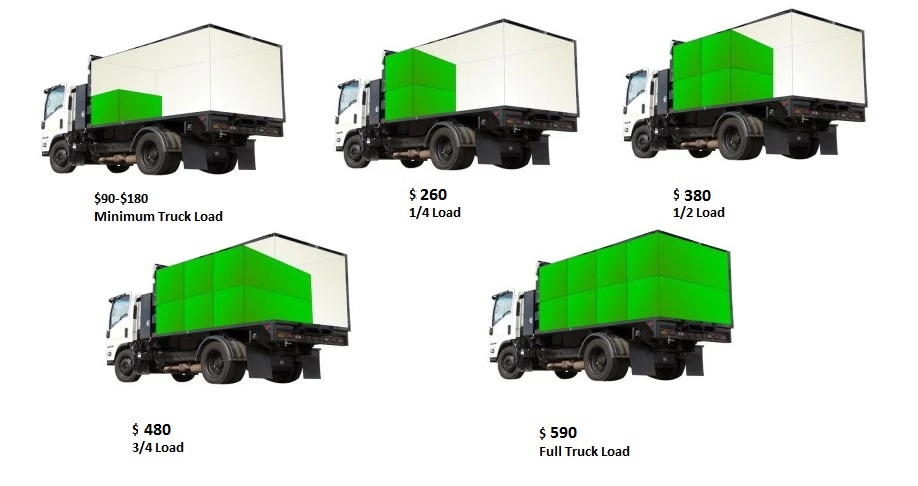Selecting The Ideal Dumpster Size For Your Task: An Extensive Overview
Selecting The Ideal Dumpster Size For Your Task: An Extensive Overview
Blog Article
Write-Up By-Cabrera Rodgers
When starting a project that requires a dumpster, the size you select can greatly influence its effectiveness and cost-effectiveness. Visualize having the perfect container that fits all your waste without being exceedingly big or as well tiny. Everything beginnings with understanding the nuances of your project and selecting a dumpster dimension that lines up with your particular requirements. So, before you decide, think about the elements at play to make certain a seamless waste administration procedure from beginning to end.
Factors to Think about
When selecting the best dumpster size, there are several key factors to take into consideration.
Initially, consider the type of waste you'll be getting rid of. Different materials might need differing amounts of space, so comprehending what you'll be placing in the dumpster is crucial.
Next off, analyze the quantity of waste you anticipate to produce. If you underestimate the quantity, you may need to make numerous trips to throw away everything, which can be troublesome and expensive. On the other hand, renting a dumpster that's too large can lead to unnecessary expenditures.
In addition, take into consideration the room where the dumpster will certainly be put. Guarantee there's enough space for the dumpster to be supplied and gotten without any obstructions.
Finally, consider any kind of weight constraints that might use. Exceeding the weight limit can cause additional costs and even the refusal of service.
Dumpster Size Alternatives
For choosing the ideal dumpster dimension, it's essential to have a mutual understanding of the readily available alternatives. Dumpster dimensions usually vary from 10 to 40 cubic yards, with variants in between.
A 10-yard dumpster appropriates for little jobs like a garage cleanout or a small improvement. If you're taking on a medium-sized job such as a kitchen remodel or a cellar cleanout, a 20-yard dumpster might be the best selection.
For bigger projects like a whole-house renovation or business building and construction, a 30 or 40-yard dumpster could be better to accommodate the volume of waste generated.
When deciding on a dumpster dimension, think about the quantity and kind of particles you expect to take care of. visit the following web page 's much better to choose a somewhat bigger dimension if you're unsure to prevent overfilling. Bear in mind, it's even more cost-effective to lease a dumpster that fits your needs as opposed to needing to purchase an added one.
Matching Size to Project
Ideally matching the dumpster dimension to your job is important for effective waste management. To establish the best dimension, consider the extent and nature of your project.
For small house cleanouts or remodellings, a 10-yard dumpster may be enough. These are typically 12 feet long and can hold around 4 pickup lots of waste.
For bigger projects like remodeling multiple areas or clearing out a big estate, a 20-yard dumpster might be more suitable. These are around 22 feet long and can hold approximately 8 pickup lots.
If https://www.digitaljournal.com/pr/dumpster-rental-service-available-in-lexington-ky-from-big-blue-dumpster-co-llc taking on a significant construction job or business improvement, a 30-yard dumpster could be the most effective fit. These dumpsters have to do with 22 feet long and can accommodate concerning 12 pickup tons of debris.
Matching the dumpster size to your project guarantees you have adequate room for all waste materials without overpaying for unused capacity.
Final thought
Finally, choosing the ideal dumpster dimension for your job is important for effective waste disposal. By considering elements like the kind and amount of waste, room availability, weight restrictions, and spending plan restrictions, you can guarantee you have the appropriate dimension dumpster for your requirements. Ensure to match the dimension of the dumpster to the scope and nature of your project to avoid overspending on unneeded expenditures.
